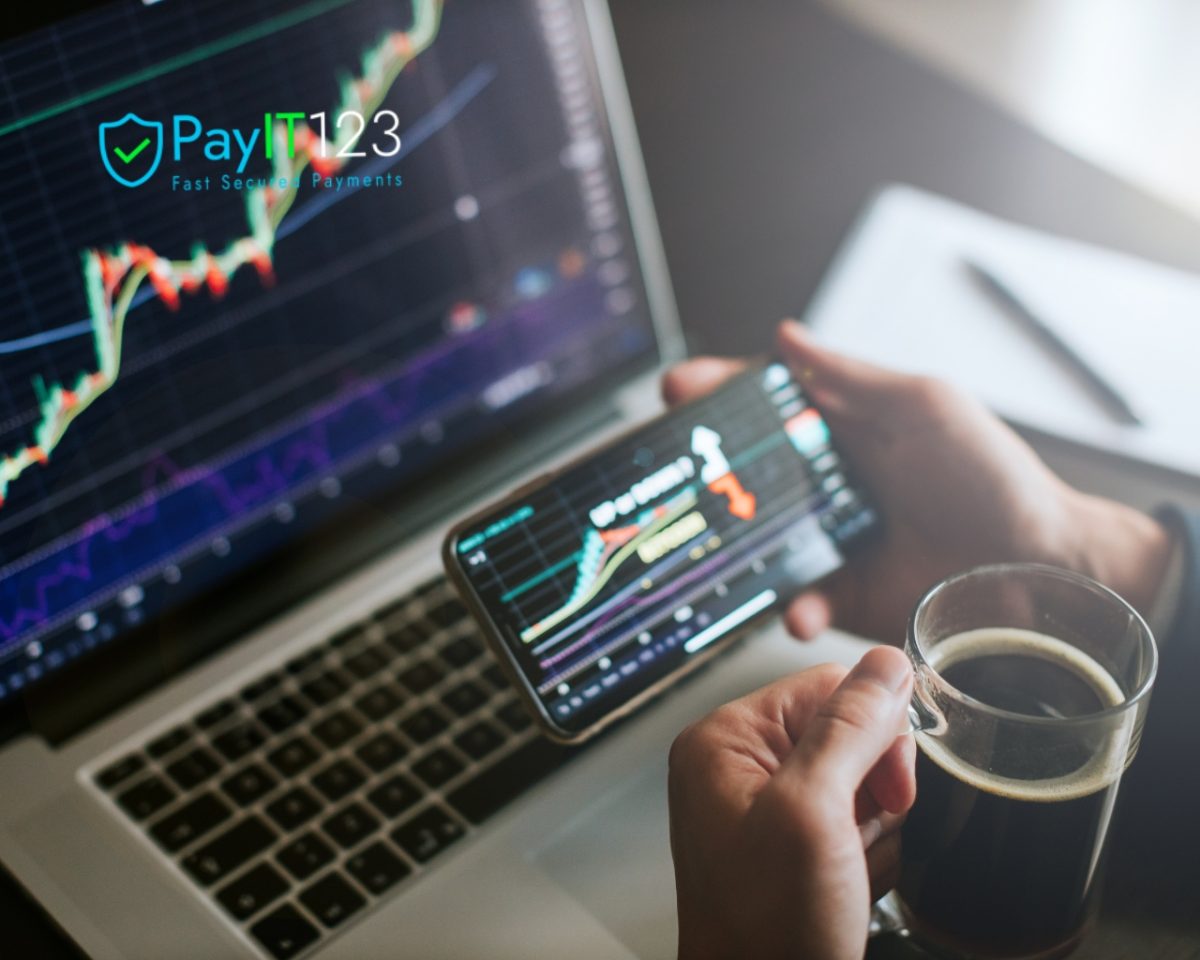Introduction
Payment links are gaining popularity in the digital economy due to their simplicity, security, and versatility and are expected to play a significant role in future commerce.
Trends Shaping the Future of Payment Links
1. Wider Adoption Across Industries
While e-commerce and retail have been early adopters of payment links, we are seeing a growing interest across various industries. From healthcare and education to real estate and professional services, businesses are leveraging payment links to streamline their payment processes and enhance customer convenience.
2. Enhanced Security Features
As cyber threats become more sophisticated, the need for enhanced security features in payment links is paramount. Future developments will likely include advanced encryption techniques, multi-factor authentication, and biometric verification to ensure transactions are secure and trustworthy.
3. Integration with Emerging Technologies
Payment links are set to integrate with emerging technologies such as blockchain, artificial intelligence (AI), and the Internet of Things (IoT). Blockchain can offer enhanced security and transparency; AI can improve fraud detection and personalized payment experiences; and IoT can facilitate seamless, automatic payments in smart environments.
4. Customization and Personalization
The future of payment links will see increased customization and personalization options. Businesses will be able to tailor payment links to match their branding and customer preferences, creating a more cohesive and engaging payment experience. Personalized payment links can also enhance customer loyalty and satisfaction.
5. Cross-Border Payments Simplification
With globalization, the need for efficient cross-border payments is more critical than ever. Payment links will continue to evolve to support multiple currencies and payment methods, simplifying international transactions and reducing conversion costs and delays.
Predictions for the Future
1. Mainstream Use in Subscription Services
Payment links will become a standard tool for managing subscription services. Businesses will utilize automated payment links for recurring billing, making it easier for customers to subscribe and manage their subscriptions. This will also streamline revenue collection for businesses.
2. Greater Use in Peer-to-Peer Transactions
Payment links will become increasingly popular for peer-to-peer (P2P) transactions. Individuals will use payment links for everything from splitting bills at restaurants to paying rent, offering a convenient and secure alternative to cash or checks.
3. Expansion into Offline Payments
While payment links are currently dominant in online transactions, they will expand into offline environments. QR codes linked to payment URLs will enable customers to make payments easily in physical stores, at events, and even through printed invoices.
4. Integration with Digital Wallets and Super Apps
Payment links will seamlessly integrate with digital wallets and super apps, offering users a unified payment experience. This integration will simplify the payment process, making it more convenient for users to pay with a few taps on their smartphones.
5. AI-Driven Payment Solutions
Artificial intelligence will play a significant role in the future of payment links. AI-driven solutions will provide insights into consumer behavior, optimize payment processes, and offer personalized payment experiences based on user data and preferences.
Conclusion
Payment links are expected to evolve with increased adoption and innovation, offering secure, personalized, and efficient solutions for businesses and consumers, enhancing the customer experience, and driving digital economy growth.
#PaymentLinks #FutureOfPayments #DigitalPayments #Fintech #PaymentInnovation #EmergingTechnologies #Ecommerce #SecurePayments #AI #Blockchain

